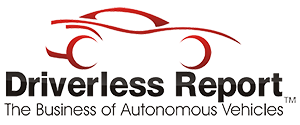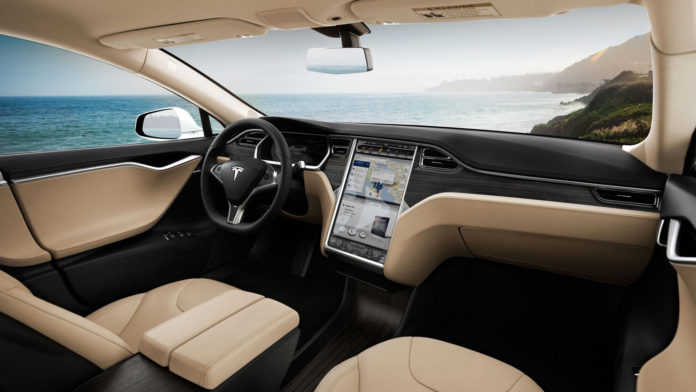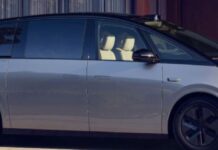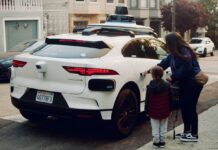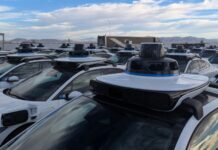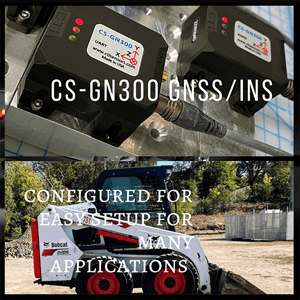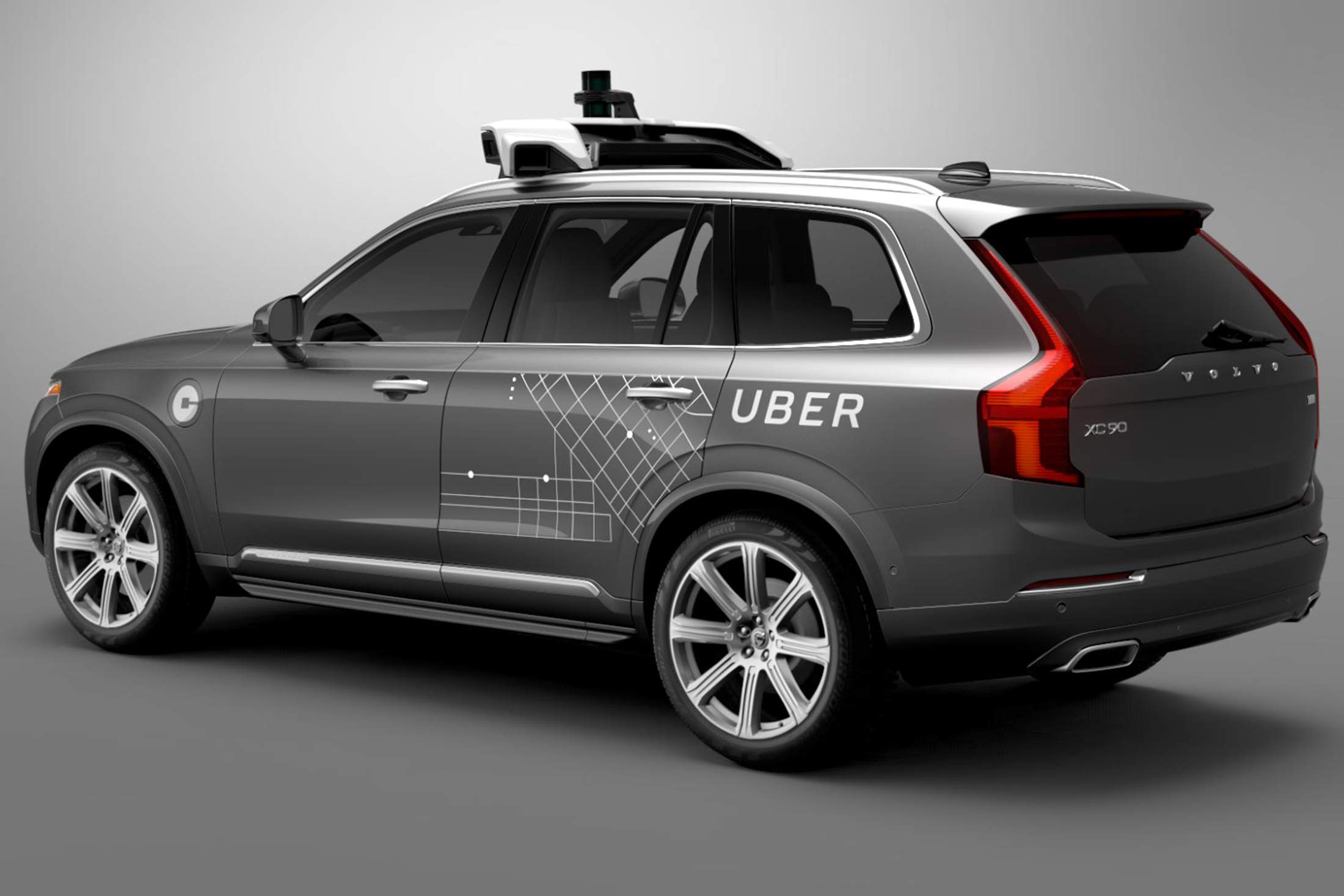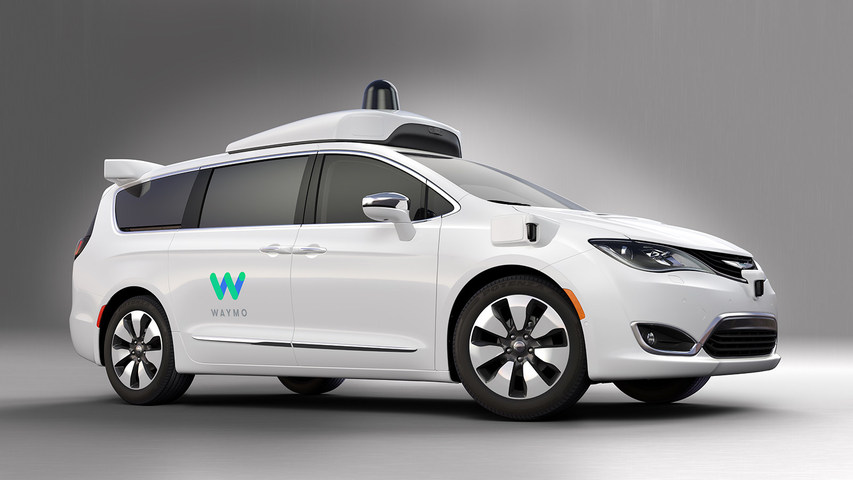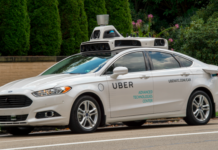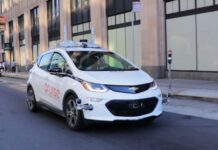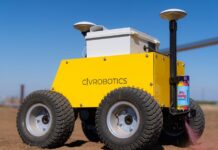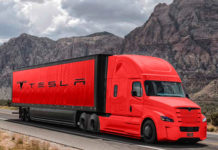- ArgoAI — in which Ford has $1 billion invested — acquired Princeton Lightwave for an undisclosed amount.
- The deal follows GM’s purchase of Strobe, another Lidar company.
- Major automakers are increasingly betting on Lidar, while Tesla is sticking with its own tech.
Argo AI — a self-driving company based in Pittsburgh that took a $1-billion investment from Ford at the beginning of the year — is buying a small, New Jersey company that specializes in laser-radar (Lidar), a key component in self-driving vehicles.
“To accelerate our mission to realize the self-driving future, Argo has acquired Princeton Lightwave, a company with extensive experience in the development and commercialization of Lidar sensors,” ArgoAI CEO Bryan Salesky wrote in a Medium post on Friday.
“The technology that underpins their lineup of Lidar sensors — which already serve the commercial mapping and defense industries — will help us extend the range and resolution needed to achieve self-driving capability in challenging urban environments.”
Princeton Lightwave is the second Lidar maker to be snapped up by a major automaker — in ArgoAI’s case, a partner of a major automaker.
Earlier this month, General Motors bought Pasadena-based Strobe. The terms of both deals remain undisclosed.
Big bets on Lidar
Increasingly, the big bets in autonomous vehicles are being placed on Lidar, a technology that enables a self-driving car to create an accurate, three-dimensional virtual picture of an environment that can then be processed by deep-learning software.
Julie Schoenfeld, the CEO of Strobe, told Business Insider that Lidar is the way to go if higher levels of autonomy are the goal — and those big carmakers have figured this out.
“Everybody is kicking the tires on every Lidar company,” she said.
Everybody, that is, except Tesla. GM, Ford, and Google’s Waymo have all committed to Lidar, but Tesla’s Autopilot system eschews the expensive technology, which struggles to function in poor weather. Tesla vehicles instead use cameras and radars to gather information, crunching the data with a powerful onboard computer and sharing the results with networked fleet learning.
It’s unclear which technology will win, and the contest does recall the old Betamax/VHS home-video showdown, when the lesser format, VHS, beat out the superior one. Cost is obviously a factor. Tesla is spending most of its cash to launch its Model 3 sedan, but the GMs and Fords of the world have been raking in profits amid a pickup-truck-and-SUV-sales boom in the US.
With sturdy balance sheets and piles of cash, they can spend aggressively to acquire the technologies they need to make their autonomous vehicles as effective as possible.
Tesla counterpoint is simply miles driven. There are thousands of Autopilot-equipped vehicles on the road now, gathering and distributing information, while the major players haven’t yet released their Lidar fleets into the wild, preferring to test them as much as possible before undertaking commercialization.
“Lidar is absolutely required — and required right now,” Schoenfeld said.


